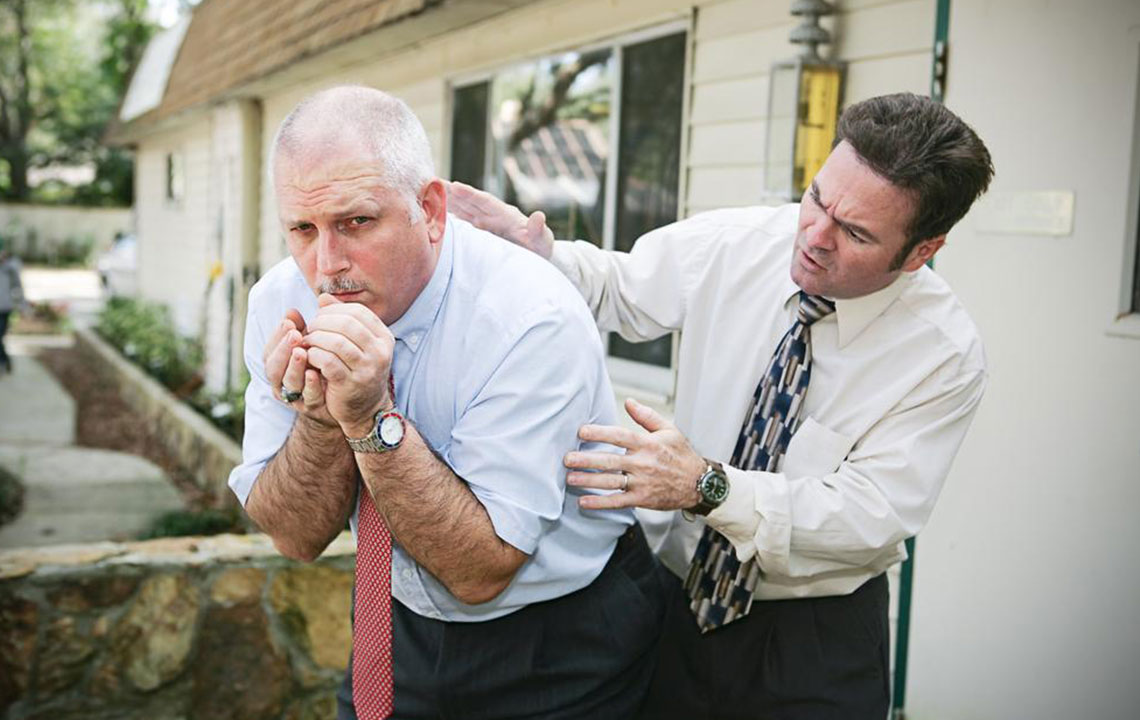Understanding Pneumonia: Causes and Clinical Signs
This article explores the causes and symptoms of pneumonia, emphasizing the importance of early diagnosis and treatment, particularly for high-risk groups. It explains various types of pneumonia including bacterial, viral, and fungal, highlighting the significance of medical attention to prevent complications.

Understanding Pneumonia: Causes and Clinical Signs
Pneumonia, once a feared illness before antibiotics, has become more manageable due to advancements in treatment. However, infections acquired in hospitals are increasingly showing antibiotic resistance, raising concerns among healthcare providers.
Early-stage pneumonia symptoms often resemble cold or flu, but they last longer. Common signs include chest pain during breathing or coughing, fatigue, and sometimes confusion in seniors over 65. Affected individuals may experience fever, sweating, chills, and shivering. Coughs can produce phlegm, and other symptoms include shortness of breath, nausea, or diarrhea. Infants might be restless, exhausted, with fever and breathing difficulties. Prompt medical attention is essential, especially for high-risk groups like the elderly, infants, or immunocompromised persons.
Causes of pneumonia include bacteria such as Streptococcus pneumoniae, fungi, and viruses like those causing cold and flu. Bacterial pneumonia often affects one lobe, called lobular pneumonia, while milder forms like walking pneumonia caused by Mycoplasma are common. Fungal pneumonia tends to affect immunocompromised individuals. Viral pneumonia occurs mostly in young children and can sometimes become severe. Though not always dangerous, pneumonia can worsen if neglected, especially in vulnerable populations.










